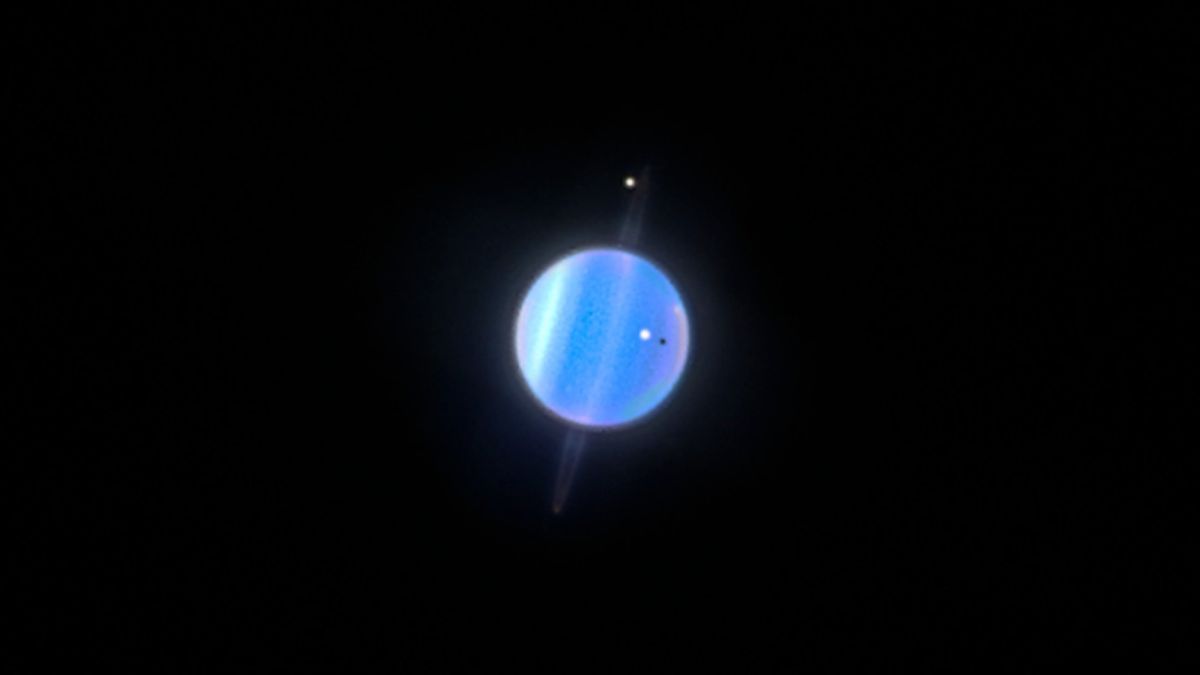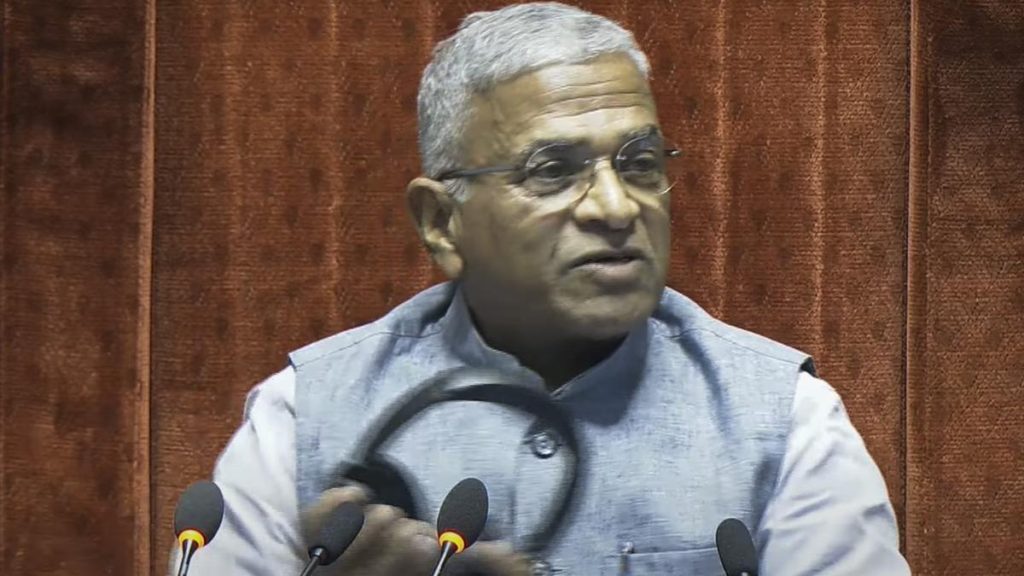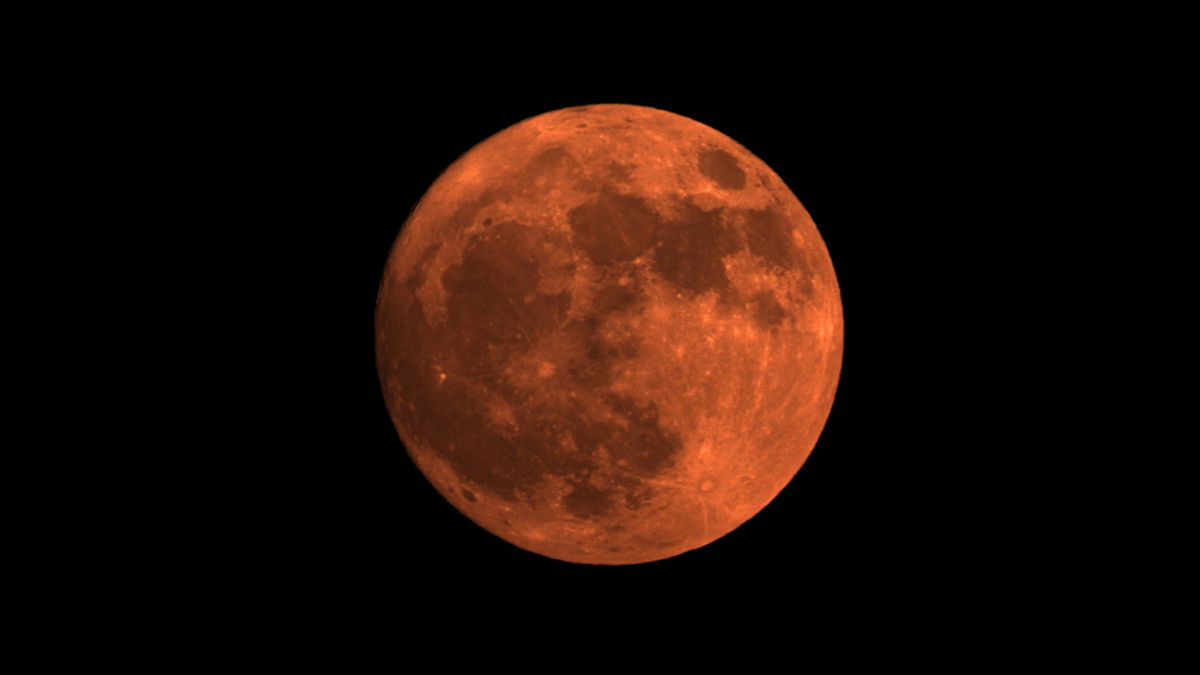Now Reading: Hubble Uncovers Magnetic Mysteries of Uranus’s Tilted Moons
-
01
Hubble Uncovers Magnetic Mysteries of Uranus’s Tilted Moons
Hubble Uncovers Magnetic Mysteries of Uranus’s Tilted Moons

Fast Summary
- New Data from Hubble: Observations from the Hubble Space Telescope suggest Uranus’ largest moons-Titania, Oberon, Ariel, and Umbriel-are accumulating dust rather than showing radiation damage as previously predicted.
- odd Surface Darkening patterns: Instead of expected radiation darkened trailing hemispheres, Titania and Oberon’s leading sides are darker due to dust accumulation.
- Source of Dust: The outer irregular moons orbiting Uranus might potentially be bombarded by micrometeorites, ejecting particles that drift inward slowly over millions of years to settle on larger moons.
- Inner Moons Are Different: Ariel and Umbriel show little evidence of surface darkening due to being shielded by titania and Oberon.
- Unclear Influence of Magnetic Field: Uranus’ magnetic field may have subtler effects than anticipated; interactions with the moons are possibly more complex.
- Upcoming Research Plans: follow-up observations involving NASA’s James webb Space Telescope will use infrared imaging to confirm findings about dust or radiation influences on moon surfaces.
!Image
Caption: uranus and two of its moons, Miranda and Ariel. (Image Credit: Science NASA/ESA)
!Image
Caption: The five largest classical moons in Uranus’ system appearing diagonally across an image including faint ring structures around the planet.
Indian Opinion Analysis
The latest findings from hubble offer insights into the dynamic nature of celestial bodies within our solar system but also underscore how little we understand about remote planets like Uranus. For India’s growing interest in space exploration exemplified by ISRO’s recent lunar missions success (e.g., Chandrayaan), this finding amplifies motivation for interdisciplinary research collaborations globally.
India could notably benefit from potential international missions targeting Uranus as relatively few studies have been conducted since Voyager 2’s flyby nearly four decades ago. A closer examination aligning with future telescopic endeavors presents opportunities for India’s scientific community both technologically advancing optics or imaging while pursuing knowledge avenues promoting broader planetary sciences expertise.
This study indirectly highlights critical areas such prioritizing international instruments strengthened regulatory Science Academics lobbying partnerships essential securing recognition sustainable ecosystem around rare planetary dedicated observational campaigns learning foreign agencies paving motivations larger participation alike accelerating scope depth space programs . At present realizing implementation still early context remains inspirational .

























